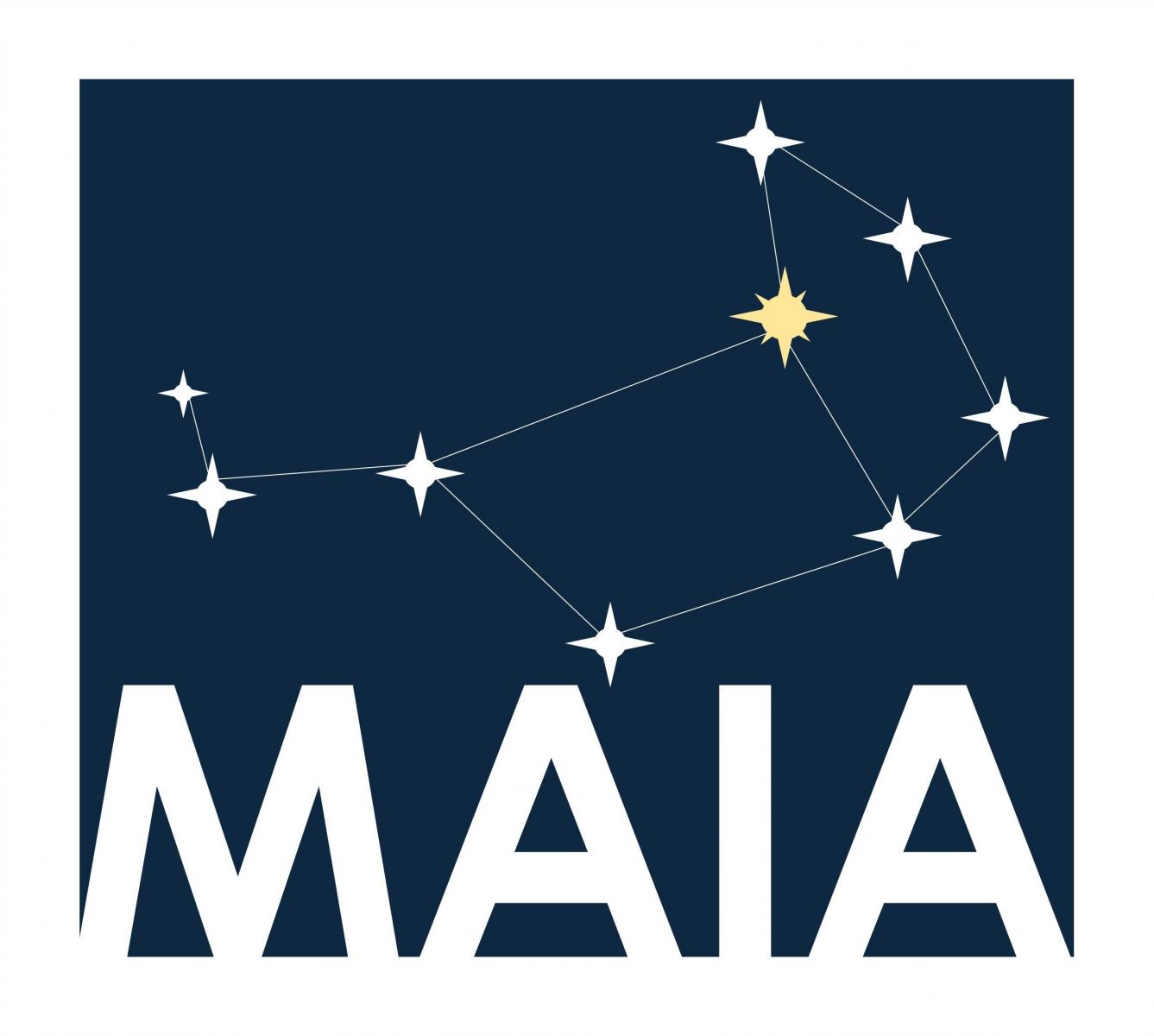Laboratory of Imaging, Artificial Intelligence, and Data-Driven Assisted Medicine
 The Laboratory of Imaging, Artificial Intelligence, and Data-Driven Assisted Medicine, integrated within the Medical Physics SOC (Complex Organizational Structure) department, works to apply the concepts and methodologies of physics in healthcare. It strives to implement advanced optimization techniques (ensuring image quality compatible with screening, diagnostic, surgical, and radiotherapeutic needs) and quantification methods (biomarker estimation) for medical images. The laboratory aims to apply the most suitable methodological principles and mathematical techniques to interpret and extract knowledge from healthcare data. It is dedicated to supporting and promoting innovation in the healthcare field, safely and effectively implementing complex technologies (medical devices, AI-based decision support tools, etc.) for people's health and well-being.
The Laboratory of Imaging, Artificial Intelligence, and Data-Driven Assisted Medicine, integrated within the Medical Physics SOC (Complex Organizational Structure) department, works to apply the concepts and methodologies of physics in healthcare. It strives to implement advanced optimization techniques (ensuring image quality compatible with screening, diagnostic, surgical, and radiotherapeutic needs) and quantification methods (biomarker estimation) for medical images. The laboratory aims to apply the most suitable methodological principles and mathematical techniques to interpret and extract knowledge from healthcare data. It is dedicated to supporting and promoting innovation in the healthcare field, safely and effectively implementing complex technologies (medical devices, AI-based decision support tools, etc.) for people's health and well-being.
Our interdisciplinary and application-oriented research involves close collaboration with medical specialists from various disciplines, especially in oncology, as well as healthcare professionals, universities, and industry players. The laboratory acts as a link between the demands and needs of the clinic (implementation and optimization of new diagnosis and treatment protocols) and the external realities of the development and production of medical devices and systems.
The main research areas encompass the development and application of optimization and quantification methods in tomographic imaging (CT, MRI, PET/SPECT), mammography, radiology, and interventional surgery angiography. Additionally, it includes the implementation and enhancement of in-vivo dosimetry and dose verification techniques in radiotherapy, new dose planning methods in radio-metabolic therapy and radiotherapy, radiomic techniques for patient stratification, therapeutic effectiveness assessment, and response predictability in radiology and radiotherapy. The laboratory aims to develop systems to support the diagnostic pathway in radiology, nuclear medicine, and radiotherapy. It introduces and assesses computational pathology techniques in pathological anatomy and employs data and signals analysis techniques for optimizing decision-making models in diagnostic and radiometabolic fields.
The MAIA laboratory is staffed with a researcher from the pyramid (hierarchy), a medical physics specialist, and a physics graduate with experience in the fields of Machine Learning (ML) and Deep Learning (DL).
Ultimo aggiornamento: 30/10/25

